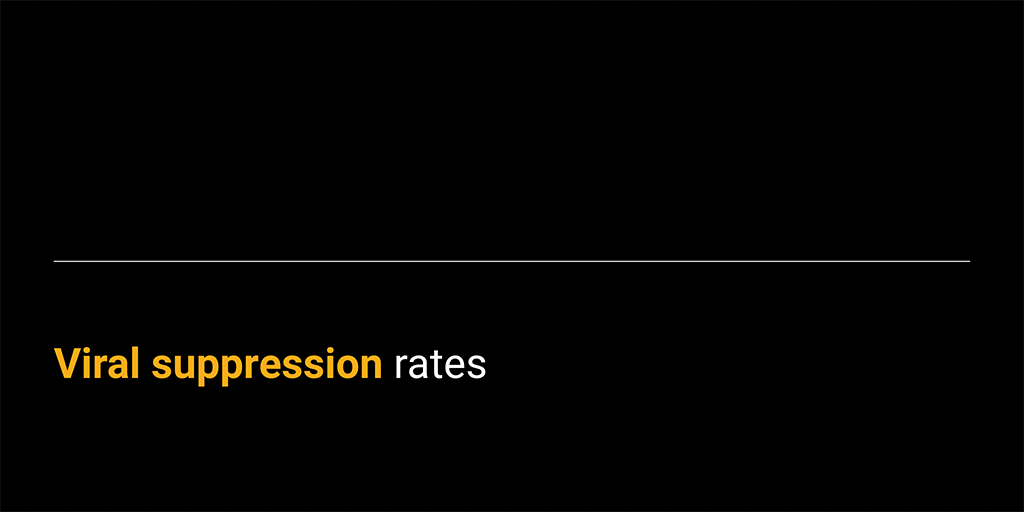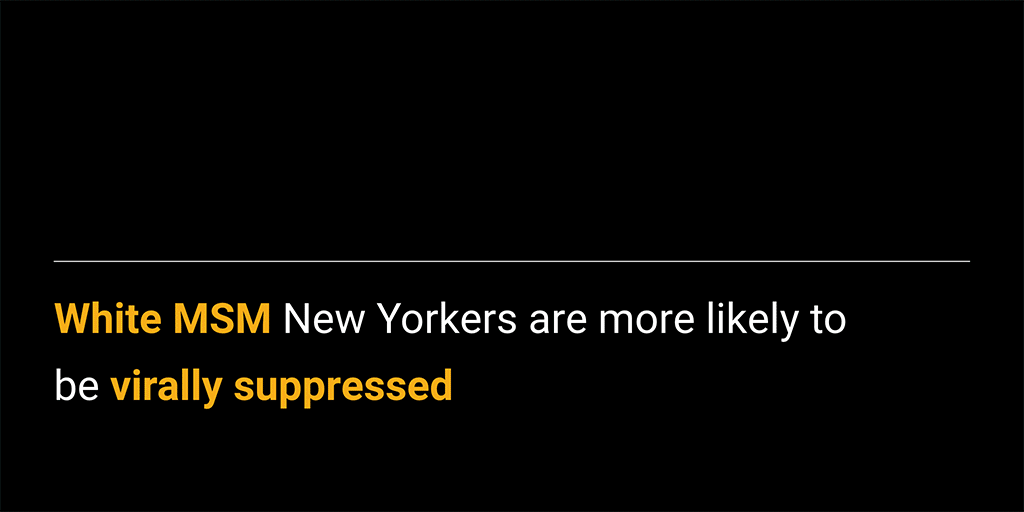2024 National Gay Men's HIV/AIDS Awareness Day
By ETE Dashboard |
September 27th, 2024 |
Categories:
|Tags:
|0 Comments
On National Gay Men's HIV/AIDS Awareness Day in 2024, we reflect on both the progress and ongoing challenges in the fight against HIV among gay and bisexual men. This blog post highlights race and age-related disparities in key HIV-related outcomes among men who have sex with men (MSM), such as viral suppression rates, which underlines the importance of early diagnosis and treatment.
From 2015 to 2022, viral suppression among MSM living with diagnosed HIV has increased from 71% to 79% in NYS. Despite overall improvements, significant racial disparities in viral suppression persist. In 2022, Black and Multiracial MSM were less likely to achieve viral suppression compared to White MSM. Specifically, 75% of Black MSM and 75% of Multiracial MSM were virally suppressed, compared to 83% of White MSM. These disparities highlight the need for targeted interventions to address the unique barriers faced by MSM of color. Explore more data here

Early diagnosis and prompt initiation of treatment are crucial for achieving viral suppression and preventing sexual transmission of HIV. In 2022, White MSM in NYS were more likely to be virally suppressed within three months of diagnosis (71%) compared to other racial and ethnic groups, reinforcing the need for equitable access to testing and treatment services across all communities.
Age also plays a critical role in viral suppression outcomes. Data from 2022 shows that viral suppression within three months of diagnosis varies across different age groups. 68% of MSM aged 60 and above with newly diagnosed HIV were virally suppressed within 3 months of diagnosis as compared to 62% among MSM aged 20-29. These findings underscore the importance of age-specific strategies to improve early treatment and care.

While NYS has made significant strides in increasing viral suppression among MSM, racial and age disparities persist. By continuing to focus on early diagnosis, equitable access to care, targeted interventions, and effective prevention strategies, NYS can move closer to ending the HIV epidemic for all New Yorkers.
